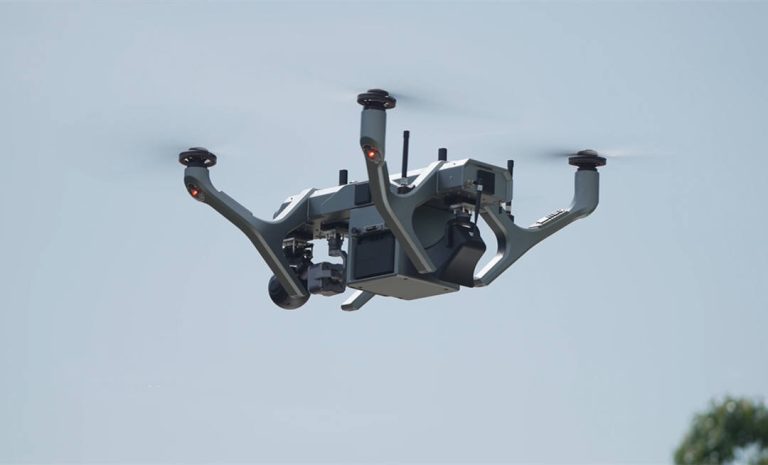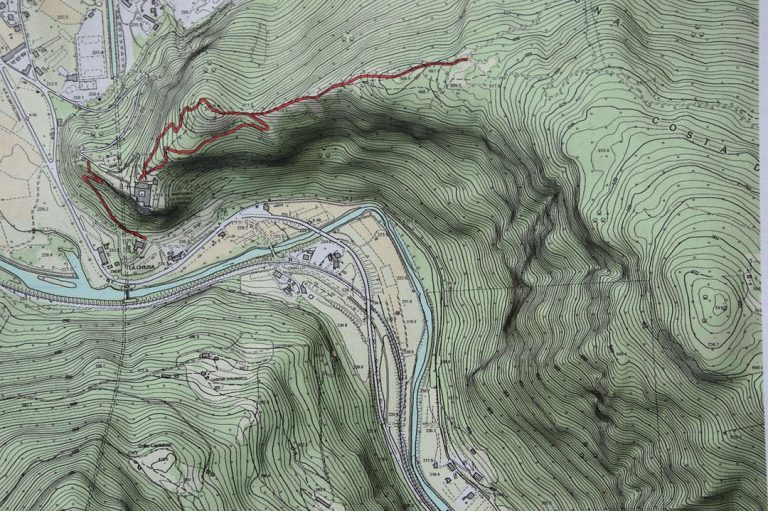What is the Difference Between Relative and Absolute Location?
Ever found yourself lost in a strange city, trying to explain your location to a friend? Understanding location is a fundamental human skill, and there are two primary ways to pinpoint a place on Earth: relative and absolute locations.
Relative location is like giving directions using landmarks. For example, you might say "the store is across the street from the park." Absolute location is like using GPS coordinates to pinpoint a precise location.
In this post, we'll explore the differences between these two concepts, how they're used in everyday life, and why they're crucial for everything from navigating a new city to understanding global events.
What is Relative Location?
Relative location refers to the position of a place in relation to other landmarks, regions, or geographical features.
It focuses on how a location interacts with its surroundings, emphasizing context and spatial relationships rather than specific coordinates.
This approach allows for a more intuitive understanding of geography, helping individuals grasp how places relate to one another and navigate their environments effectively.
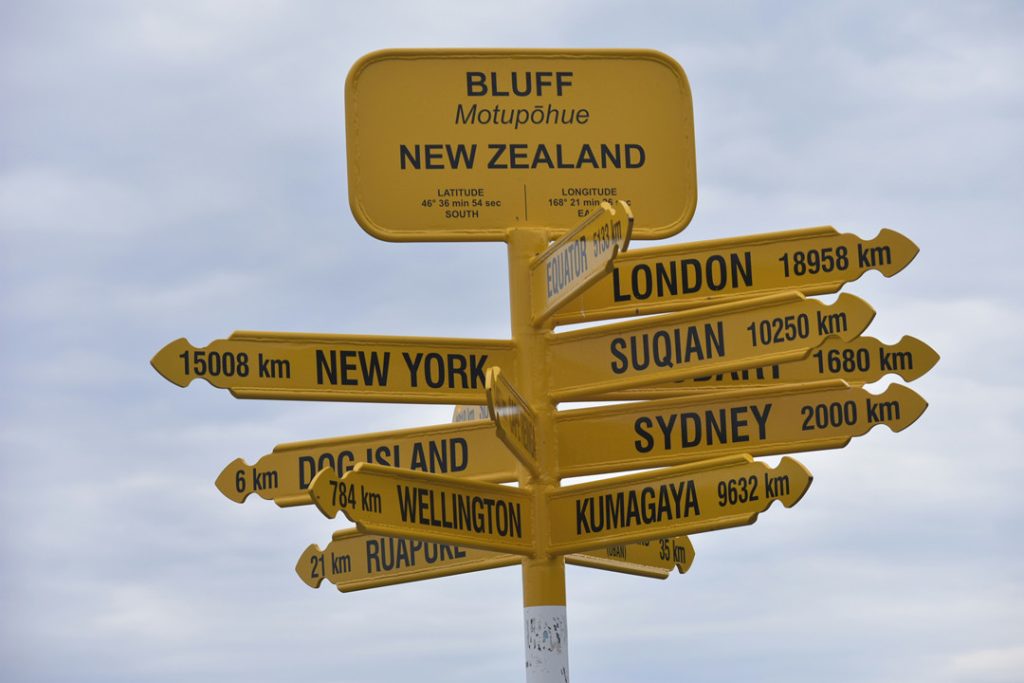
Examples of Relative Location
A city may be described as “north of” another city, such as Denver being north of Colorado Springs, or “30 miles east of” a significant landmark, like Atlanta being 30 miles east of Stone Mountain.
On a global scale, Australia is located “south of” Asia, highlighting its geographical positioning relative to a major continent.
Within the country, New York City is often noted as “northeast of” Los Angeles, emphasizing the distance and directional relationship between these two major cities.
At a local level, specific addresses might be described as “next to” a park or “across the street from” a school. For example, a coffee shop might be located “across the street from” a library, providing an easy reference for navigation.
Even within a building, you might find a room described as “down the hall from” the elevator or “behind” the reception area. These descriptions help people navigate spaces more intuitively.
What is Absolute Location?
Absolute location defines the exact position of a place on the Earth's surface using a specific pair of coordinates: latitude and longitude.
Unlike relative location, absolute location provides a precise and unambiguous point that can be identified universally.
This accuracy is essential for consistent navigation and mapping.
How to Find Exact Location by Using Longitude and Latitude?
To understand absolute location, it is important to grasp the concepts of latitude and longitude.
Latitude measures how far north or south a location is from the Equator, which is designated as 0° latitude. Lines of latitude, known as parallels, run horizontally around the globe.
These values range from 0° at the Equator to 90° at the poles. Each degree of latitude corresponds to approximately 69 miles (111 kilometers) on the Earth's surface, providing a relatively consistent measurement. For example, New York City is located at about 40° N.
Longitude, on the other hand, measures how far east or west a location is from the Prime Meridian, an imaginary line running from the North Pole to the South Pole through Greenwich, England.
Longitude values extend from 0° to 180° east and west. Unlike latitude, the distance between lines of longitude varies because the Earth is spherical; they converge at the poles. For instance, New York City has an absolute longitude of about 74° W.
To determine an exact position on Earth, both latitude and longitude must be used together. This pairing creates a unique coordinate that specifies a location with precision.
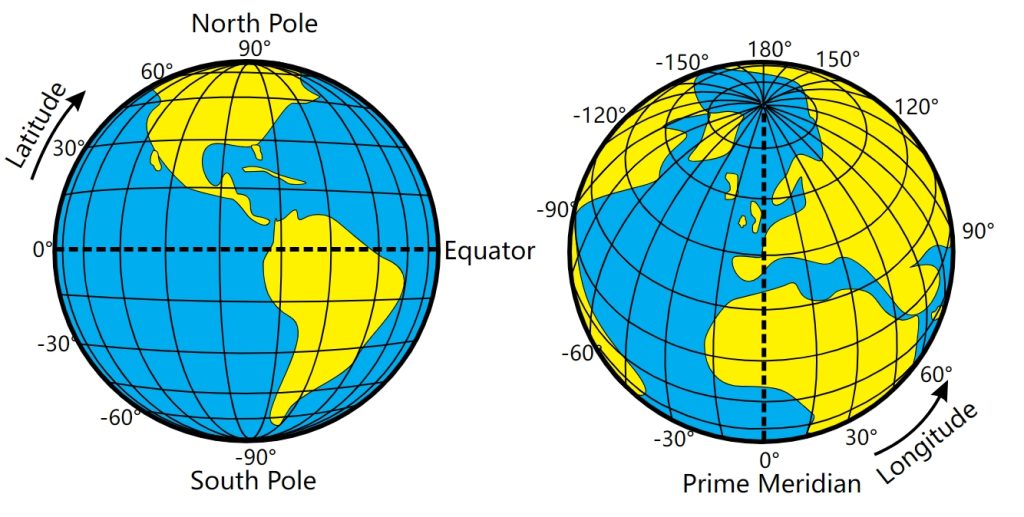
Latitude and Longitude of the Earth. Image source from commons.wikimedia.org
Examples of Absolute Location
- The Empire State Building: Located at 40.7° N, 74° W, the Empire State Building is also located at the intersection of 33rd Street and Fifth Avenue in New York City.
- The Eiffel Tower: Located at 48.8584° N, 2.2945° E.
- The US Capitol: Located at 38° 53′ 35″ N, 77° 00′ 32″ W. The address is also East Capitol Street NE & First St SE, Washington, D.C. 20004.
- The North Pole: Located at 90° 00' 0.00' N, 0°00'0.00' E.
- St. Louis City Hall: Located at 1200 Market Street, St. Louis, Missouri 63103.
- New Orleans: Located at 29° N, 90° W.
Understanding this can be likened to locating a specific seat in a large stadium: latitude acts like the row number, while longitude represents the seat number.
What is the Difference Between Relative and Absolute Location?
Relative and absolute location both provide information about location, but they offer different perspectives.
Here is a comparison table of relative and absolute locations:
| Feature | Relative Location | Absolute Location |
| Precision | Less precise, relies on landmarks | Highly precise, uses coordinates |
| Universality | Less universal, depends on landmarks | Universal, uses a standardized system |
| Complexity | Provides context, easier to understand | Requires to coordinate knowledge |
| Stability | Can change as landmarks change | Remains constant |
| Usage | Everyday conversations, giving directions | Mapping, navigation, scientific research |
Precision
To determine absolute location, tools like GPS devices, maps, and compasses are used.
These rely on geographic coordinates to provide accurate positioning, essential for navigation in aviation, maritime travel, and daily driving.
Relative location is often identified through observation and local knowledge.
A person might say a restaurant is “two blocks north of the park,” relying on familiar landmarks instead of exact coordinates.
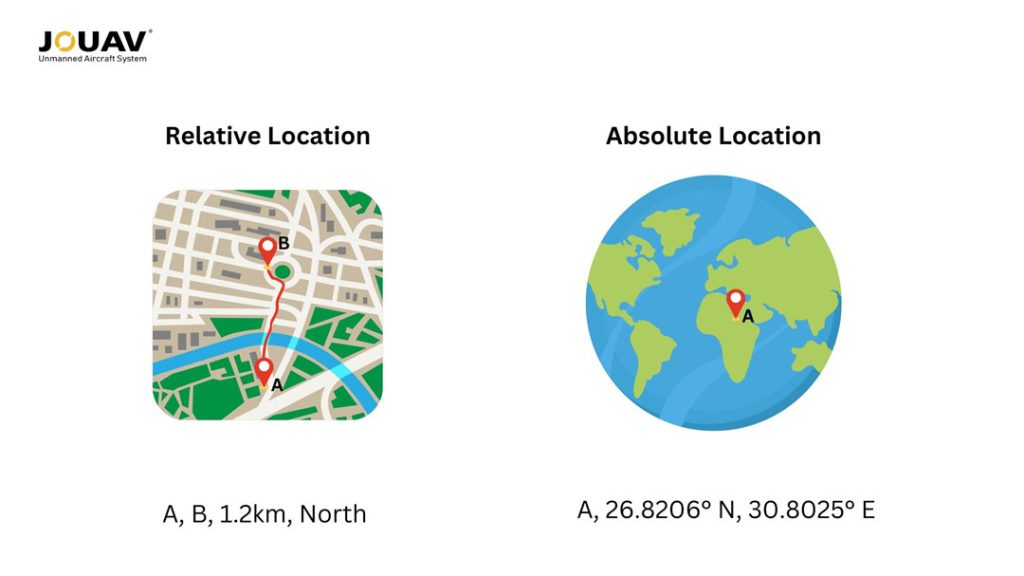
Tools
To determine absolute location, tools like GPS devices, maps, and compasses are used.
These rely on geographic coordinates to provide accurate positioning, essential for navigation in aviation, maritime travel, and daily driving.
Relative location is often identified through observation and local knowledge.
A person might say a restaurant is “two blocks north of the park,” relying on familiar landmarks instead of exact coordinates.
Dependence
Absolute location is independent of surrounding locations; it remains constant regardless of perspective.
This makes it particularly valuable in sparsely populated or rural areas where recognizable landmarks may be few.
The stability of absolute location enables consistent mapping and navigation.
Conversely, relative location depends on a chosen reference point.
The same place can have multiple relative locations based on different landmarks or contexts.
For example, a hotel might be described as “across from the museum” or “next to the grocery store,” both providing distinct frames of reference.
Usages
Absolute location is crucial when exact coordinates are required, such as in scientific research or GPS navigation.
It is vital for the functioning of automated transportation systems, delivery services, and various technological applications.
The accuracy of absolute location data underpins many modern conveniences and scientific endeavors.
Relative location is often used in everyday conversations, such as when giving directions or describing a place based on recognizable features.
Telling someone that “the coffee shop is next to the bookstore” utilizes relative positioning, making it intuitive for daily navigation.
This concept is also employed in geography to analyze spatial patterns and relationships, influencing areas like logistics and emergency response.
Conclusion
Both relative and absolute locations provide unique insights, each with its strengths and weaknesses.
Relative location is intuitive and context-driven, but it can be ambiguous, depending on the speaker's and listener's familiarity with the area. Its effectiveness can fluctuate as landmarks change over time.
On the other hand, absolute location excels in precision, universality, and consistency, making it invaluable for navigation. However, it can be complex for those unfamiliar with geographical coordinates and may lack contextual relevance.
By integrating both concepts, you gain a clearer understanding of a location's context alongside its exact coordinates, enhancing your navigation and exploration experiences.
FAQ
How to Calculate Absolute Location?
Calculating absolute location involves determining the exact coordinates of a point on the Earth’s surface using lines of latitude and longitude. This process is straightforward but requires attention to detail.
To begin, you need to understand the structure of latitude and longitude lines. Latitude lines run horizontally (side to side) and measure the distance north or south of the Equator, which is at 0 degrees. Longitude lines run vertically and measure the distance east or west of the Prime Meridian, which is also at 0 degrees.
Steps to Calculate Absolute Location:
- Identify Latitude: Start at the Equator (0 degrees latitude). Move north or south to locate the latitude of the point. For example, if you are trying to find the latitude of a point that is 20 degrees south of the Equator, you would mark it as 20 degrees south latitude.
- Determine Longitude: Next, return to the Prime Meridian (0 degrees longitude) and move east or west to find the longitude of the point. If you find that the point is located at 100 degrees west of the Prime Meridian, you would note it as 100 degrees west longitude.
- Combine Coordinates: The absolute location of the point can now be expressed as a pair of coordinates. For example, if you identified a point as being 20 degrees south latitude and 100 degrees west longitude, you would write it as 20° S, 100° W.
What Tools Are Used to Find an Absolute Location?
Absolute location is determined using tools that provide precise geographic coordinates, typically latitude and longitude. The most common method is the Global Positioning System (GPS), which calculates exact positions by receiving signals from satellites. Online mapping services like Google Maps also provide coordinates by allowing users to search for a location or input an address.
Additionally, Geographic Information Systems (GIS) integrate spatial data for detailed mapping, making it possible to pinpoint locations accurately for various applications. These tools are essential for precise navigation, research, and analysis.
How to Find Relative Location?
To find a relative location, you can describe a place's location in relation to another place:
- Identify the Place: Clearly define the place you want to locate.
- Identify Nearby Landmarks: Determine the most prominent landmarks or features near the place. These could be cities, mountains, rivers, bodies of water, or other geographic features.
- Determine Direction: Use a compass or map to determine the direction of the landmarks from the place. Common directions include north, south, east, west, northwest, northeast, southwest, and southeast.
- Estimate Distance: If possible, estimate the approximate distance between the place and the nearby landmarks. This can be done using a map, aerial imagery, or even a rough estimate based on travel time or distance.
- Express Relative Location: Combine the direction and distance to express the relative location. For example, you might say "The city is 10 miles north of the river."
How Can Relative Location Change Over Time?
Relative location can change over time as the surrounding landmarks or reference points evolve. If a significant feature, like a building, store, or natural landmark, is removed, renamed, or replaced, the directions based on its position become outdated.
For example, if a popular restaurant used as a reference closes, or a park is renamed, the way people describe nearby locations will shift.
Can a Place Have Multiple Relative Locations?
Yes, a place can have multiple relative locations, as this concept depends on the reference points used to describe it. For example, a coffee shop might be described as "next to the bakery" or "across from the park," illustrating how the same location can be contextualized in various ways depending on nearby landmarks.
Why Do People Commonly Use Relative Position Descriptions in Everyday Conversations?
People frequently use relative position descriptions in everyday conversations because they are intuitive and contextually relevant. Relative location relies on familiar landmarks and references, making it easier for individuals to convey and understand spatial relationships without needing precise coordinates.
For instance, saying “the restaurant is next to the library” immediately provides a clear sense of direction based on well-known locations.
Can the Same Place be Described Using Both Absolute and Relative Location?
Yes, a place can be described using both absolute and relative location, providing a more complete understanding.
For example, one might say, “The museum is at 40.7794° N, 73.9632° W, and it’s just a few blocks from Central Park.” This approach effectively conveys both precise and contextual information.



